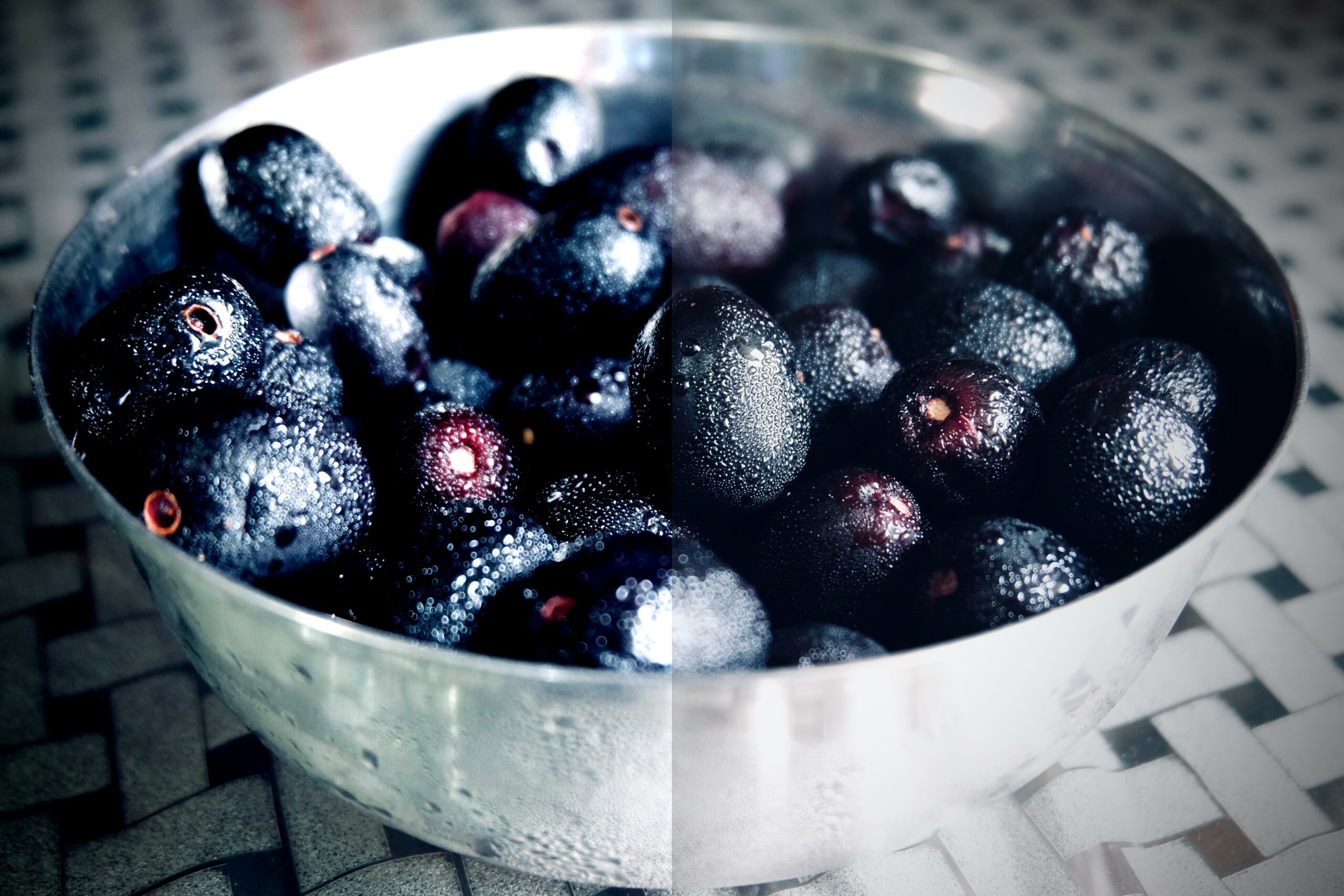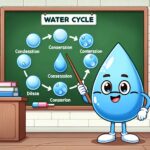Welcome to an immersive journey into the fascinating world of condensation! In this article, we will uncover 10 intriguing facts about condensation that will leave you amazed by its impact on our weather patterns, industrial processes, and even our everyday lives. As a seasoned science writer with a background in atmospheric studies, I am excited to share my wealth of knowledge and expertise with you. Prepare to be captivated as we explore the phenomenon of condensation and unravel the mysteries behind this essential process.
10 Interesting Facts About Condensation
Condensation is more than just a process of water changing states from gas to liquid or crystal form. It plays a crucial role in our weather patterns, industrial processes, and even everyday life. Let’s dive into 10 intriguing facts about condensation that will unveil its significance and fascinating applications.
Condensation and the Dew Point: Condensation occurs when water vapor in the air reaches its dew point, which is the temperature at which it turns into liquid or crystal form. Think of it as reaching the tipping point where water molecules can no longer stay in their gaseous state. This is when droplets form on surfaces and those early morning dewdrops appear.
Cloud Formation: Condensation is the essential process responsible for cloud development. As warm, moist air rises, it expands and cools. When it reaches the altitude where the temperature drops below the dew point, water vapor condenses around tiny particles called condensation nuclei. These condensation nuclei can be dust, pollution, or other microscopic particles floating in the air, providing a surface for water droplets to cling onto and form clouds.
Reversibility of Condensation: All phase changes that result in condensation can be reversed. When the conditions change, the water droplets or ice crystals can evaporate back into the gas phase. You can observe this when dew on the grass disappears as the sun warms the air. This reversibility is one of the factors that makes condensation such a fascinating phenomenon.
Measuring Condensation: Various instruments help measure and quantify condensation. Hygrometers and psychrometers are two examples commonly used to determine the humidity in the air by measuring the degree of condensation. These instruments are crucial for meteorologists, as they provide valuable data for weather forecasting and climate analysis.
Applications in Refrigeration: Condensation plays a vital role in refrigeration systems. The compression and expansion of refrigerant gases cause a change in pressure and temperature, leading to condensation and evaporation. This cycle allows refrigerators and air conditioners to cool our homes and preserve perishable goods.
Distillation and Condensation: Distillation relies heavily on the condensation process. By heating a mixture of substances, the vapor with the lowest boiling point rises, condenses, and is collected as a separate liquid. This process is commonly used in the production of alcoholic beverages, essential oils, and even petroleum refining.
Fog Harvesting: Condensation is a survival strategy for some living organisms. Certain animals and plants have adapted to utilize condensation as a source of water in arid environments. For example, the Namib Desert beetle collects moisture from early morning fog on its body, then directs it into its mouth for hydration.
Condensation and Weather Patterns: Understanding condensation is crucial in studying and predicting weather patterns. By analyzing the amount and distribution of condensate in the atmosphere, scientists can gain insights into cloud formation, precipitation, and even severe weather phenomena such as thunderstorms and hurricanes.
Everyday Life Applications: Condensation affects our daily lives in ways we might not always realize. Have you ever noticed water droplets forming on the outside of a cold beverage? That’s condensation! It occurs when the air around the beverage is cooled, causing the water vapor in the air to condense on the colder surface. Understanding this process helps us appreciate why our cold drinks can “sweat” on a hot day.
Condensation and the Water Cycle: Condensation plays a crucial role in the water cycle, the continuous movement of water on Earth. It helps transform evaporated water into clouds, which eventually release precipitation in the form of rain, snow, hail, or sleet. This constant cycle of evaporation, condensation, and precipitation ensures the availability of freshwater resources for our planet.
In conclusion, condensation is a fascinating natural phenomenon that impacts various aspects of our lives, from the weather to industrial processes and everyday occurrences. By understanding its principles and applications, we can marvel at the beauty and significance of this process that transforms water from gas to liquid, shaping our environment in profound ways.
“Through the process of condensation, water transforms from a seemingly invisible gas into the tangible droplets that nourish our world and shape our weather patterns.”
Condensation is a fascinating natural phenomenon that occurs when water vapor transforms into liquid as it cools. Are you curious to learn some mind-blowing facts about condensation? Our website has compiled an amazing collection of facts about condensation that will leave you astounded. Click here to explore the incredible world of condensation: facts about condensation. You won’t believe the incredible processes and effects that occur when water vapor condenses. Don’t miss out on this opportunity to expand your knowledge and discover the wonders of condensation.
10 Interesting Facts About Condensation
If you’ve ever wondered about the condensation behavior of different surfaces or the effects of condensation on your home, look no further! We have compiled a fascinating list of 10 facts that will leave you amazed. Did you know that condensation behavior can vary depending on the material? Find out more about this phenomenon and its implications on our website. Explore the interesting effects of condensation and discover how it can impact your surroundings. Visit our page on the effects of condensation to learn more. Curious about moisture behavior analysis? Uncover the secrets behind moisture and its behavior with our comprehensive analysis. Dive into the world of moisture behavior and satisfy your curiosity today. Click here for more information on moisture behavior analysis.
FAQ
Question 1: What is condensation?
Answer 1: Condensation is the process by which water changes from a gas state to a liquid or crystal state.
Question 2: What is the dew point?
Answer 2: The dew point is the temperature at which condensation occurs.
Question 3: How does condensation contribute to cloud formation?
Answer 3: Condensation is the process that leads to the development of clouds.
Question 4: Can condensation be reversed?
Answer 4: Yes, all phase changes that result in condensation can be reversed.
Question 5: How is condensation measured?
Answer 5: Condensation can be measured using instruments such as hygrometers and psychrometers.
- Unlocking 2-Letter Words with U: The Definitive Guide - April 4, 2025
- Unlock Words with the Letters THREE: Top Unscramble Tools 2025 - April 4, 2025
- Master Scrabble: X & Z Words for High Scores - April 4, 2025
















